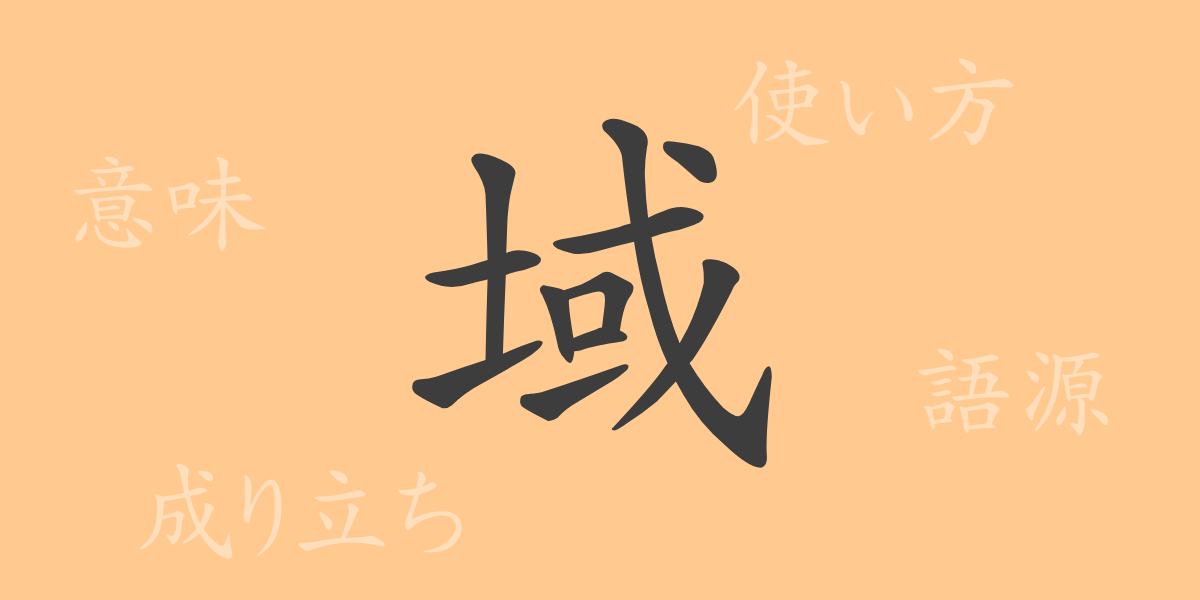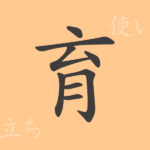“
The beauty of the Japanese language is enriched by its complex and extensive character system. In this feature, we delve into one of the commonly used Kanji, ‘域’ (Iki), exploring its origins and modern applications. Through the cultural and historical context behind this character, let us fully uncover the world of ‘域’.
Origins of 域 (Iki)
The Kanji ‘域’ originated in ancient China and was initially used to denote the concept of enclosing land. Originally employed to demarcate boundaries, over time, it has come to represent areas or ranges. The concept depicted by this character has evolved beyond mere land to signify various boundaries and extents.
Meaning and Usage of 域
‘域’ signifies a range or area. It is commonly used to refer to geographical extents but is also applied to abstract scopes or levels. For instance, phrases like ‘beyond one’s capacity’ or ‘beyond personal concerns’ utilize ‘域’ to indicate limits or extents surpassing personal issues or individual capabilities.
Pronunciation, Stroke Count, and Radical of 域
The character ‘域’ has specific readings and structural details:
- Pronunciation: The on’yomi (Chinese reading) is ‘Iki’, with no particular kun’yomi (Japanese reading).
- Stroke Count: ‘域’ consists of 11 strokes.
- Radical: The radical is 土 (Tutihen), related to earth or ground.
Phrases, Idioms, and Proverbs Involving 域
Idioms and phrases containing ‘域’ illustrate its broad semantic range:
- 私的領域 (private sphere): Refers to one’s personal space or rights.
- 学問の域 (academic realm): Denotes the scope or level of scholarship.
- A proverb, although not commonly used, that mirrors the meaning of ‘the nail that sticks out gets hammered down’ is ‘出る域は打たれる’, highlighting the risks of standing out.
Conclusion on 域
The Kanji ‘域’ plays a vital role in the Japanese language, signifying land, ranges, and territories across various contexts. Its usage extends from abstract concepts to specific geographical areas, reflecting its importance in Japanese communication. This exploration has helped us reappreciate the profound meanings and history embedded in each Kanji, enriching our understanding of the Japanese language’s depth.
“

























